Xàbia is a popular destination for tourists and specifically for campers. The tourism boom occurred between the 50s and 60s, when there was an improvement in communications and transportation, thus allowing people to travel more easily and at more affordable prices.
In this period the creation of campsites began, on the rise. A new way of staying more economical and attractive, with respect to hotels, by being in contact with nature. An option that also generated employment in tourist regions.
Numerous campsites arose from this accommodation alternative in towns around the world, including Xàbia. Since 1950, there have been several campsites that have existed in this municipality and that have made thousands of families enjoy the outdoors, at the same time becoming benchmark vacation destinations with the counterpart of increased environmental impact and pressure on resources. natural of the area
We are talking about some of the best-known campsites that have existed and still exist in Xàbia.
- 1.
- 2.
- 3.
- 4.
- 5.
Camping El Cordobes
This campsite was the pioneer in Xàbia, being built in the 60s in the Residencial Toscamar, on the Portitxol road. Its users remember the dance nights and parties that were held in these facilities that had a swimming pool.
A few years later, in 70, the construction of a 41-apartment Motel was requested in the urbanization of this Camping.
But it was also one of the pioneer spaces in promoting live music during the summer. Good musical groups, then fashionable, used to come to this campsite, such as the Bradmis. After the success of this initiative, other campsites in the region incorporated these activities into their leisure offer.
Mediterranean campsite
The beginning of this summer camp dates back to 1967, when José Albi asked to build this complex on Avenida Fontana -currently it would be, approximately, the point that joins Vía Augusta with Avenida Fontana-, becoming a reality and opening the doors just a year later, in 1968.
The campsite was built on an area of 21.611 square meters, of which 524 meters were used as a covered area. These facilities had a capacity for 600 campers and included: supermarket, kiosk, bar-restaurant, swimming pool, children's play area, sports area and general toilets.
In 1969, according to municipal documents, permission was granted to build a passageway that would link the direct access of the campsite to the sea (first Montañar) with shading.
Camping Mediterráneo operated for 35 years, during which it was considered the Third Best Camping in Spain and received three trophies: Tourism in Madrid, Commercial Prestige in Lisbon and Quality in Paris.
With the arrival of the year 2000 and the urban expansion of Xàbia, its doors closed forever.
Guardia-Sol campsite
The first steps to carry out this camping start in 1982 according to municipal documentation. The draft of this construction indicates that a first-class summer camp would be built in La Guardia with capacity for 465 campers. The land allocated for this use totaled 15.515 square meters and the complex would have a swimming pool, shop and cafeteria, although in the end the works were not fully completed and it never opened its doors.
Camping El Naranjal
Located in the Arenal area, just 500 meters from the beach (on Calle Cannes), this campsite has been in operation since the 80s. Specifically, it opened its doors in 1979 as Camping Delfín. Over the years and with the transfer of management, it was renamed El Naranjal because it is located in the middle of orange groves.
It currently has capacity for more than 600 campers and offers a multitude of services such as a swimming pool, restaurant, supermarket, reading room and activities for children. Its facilities offer camping both in a tent plot, in bungalows or in a Caravan (or motorhome).
Camping Jávea
This campsite is located in a street parallel to the Carretera del Cabo La Nao-Plá; specifically between Liverpool Street and Camí de la Fontana. Its beginnings go back to the 80s when, still under construction, it began to welcome tourists by order of the Town hall, only in summer, since they camped anywhere in the municipal area, officially opening as Camping Jávea in 1987, Belgian tourism being the one that frequented this outdoor space the most.
The extensive facilities, with more than 200 pitches and capacity for more than 700 people, offer accommodation in caravans, bungalows and tents.
In addition, the services they have are: the 470m2 pool with a children's area, jacuzzi, garden area, restaurant with terrace and sports facilities with soccer, tennis, basketball, table tennis and petanque courts.
But between its corners great secrets are hidden. The first of these is that the Camping is located in the old Bolufer orchard where the Bolufer Tower is also located, a monument declared BIC (Asset of Cultural Interest) of Spanish Historical Heritage. This building dates from the XNUMXth century and served to protect the population against pirate attacks. At present the building is used as a social premises and an infirmary.
Secondly, this campsite had an old mill on its premises where wheat was ground and flour was made. At present, nothing remains of this old infrastructure, which apparently was demolished before the campsite was created due to its poor condition.
And thirdly, the Camping Jávea land had a almassera (almazara) to press the olives and remove the oil. Today you can see part of this oil mill inside the campsite.


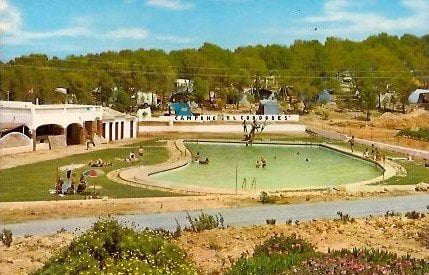

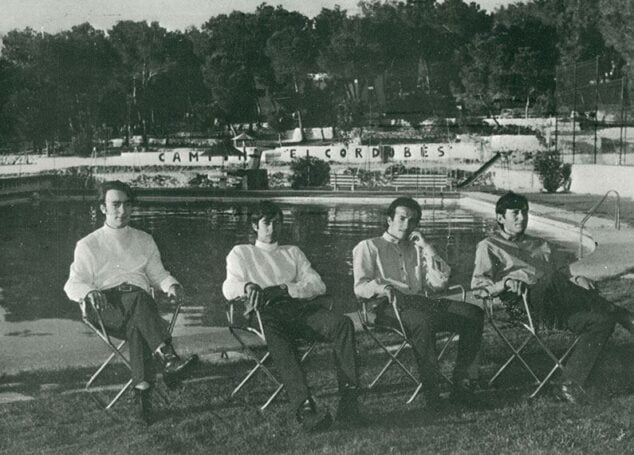


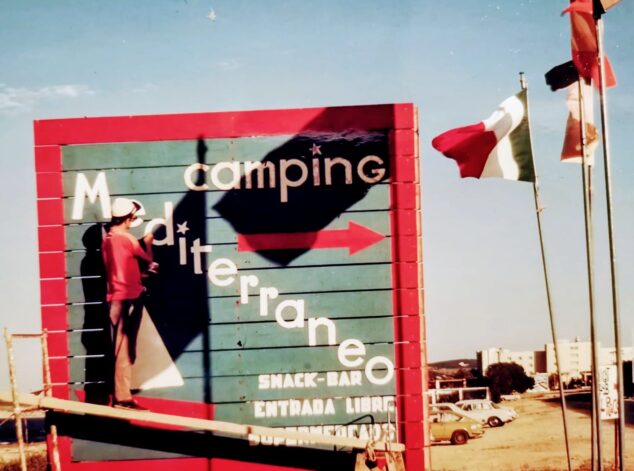

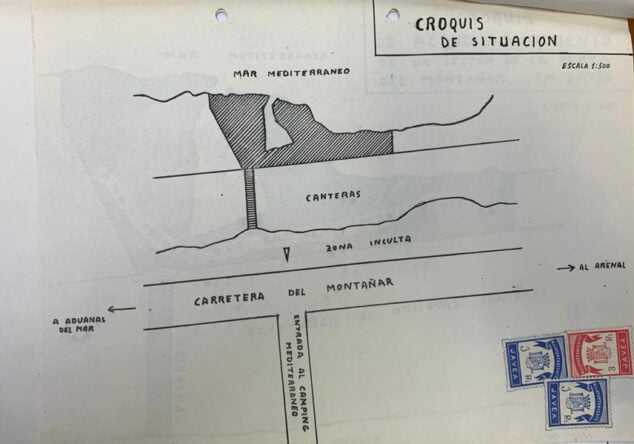






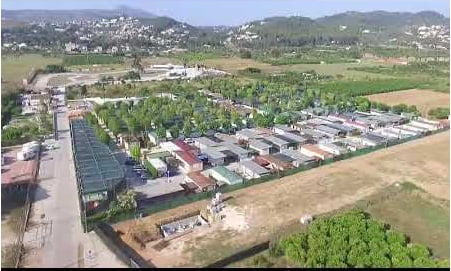


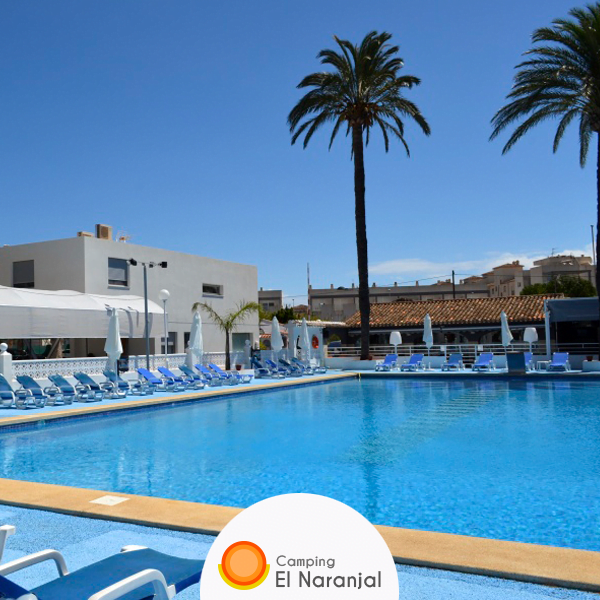






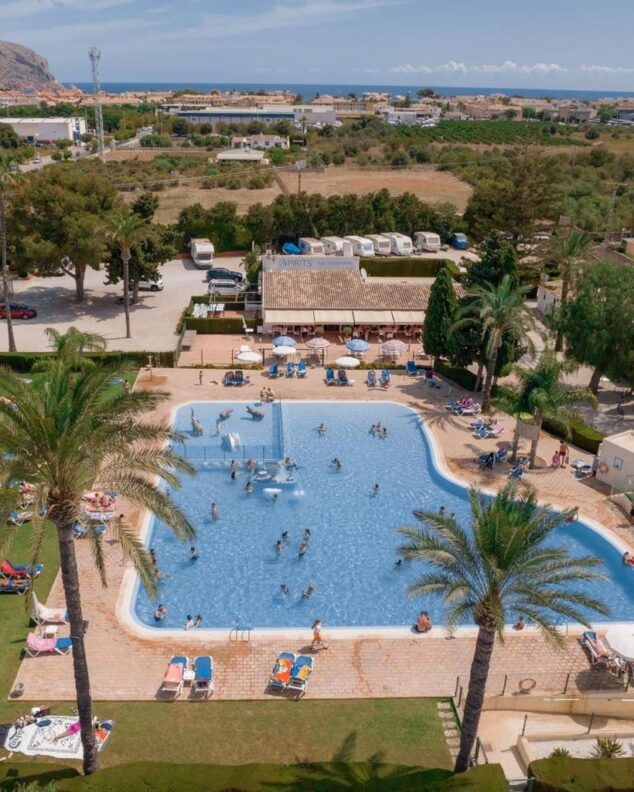
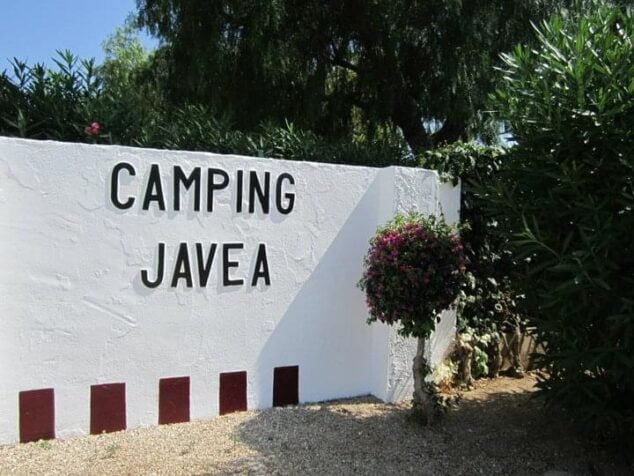






The article is very interesting. Congratulations to the author.